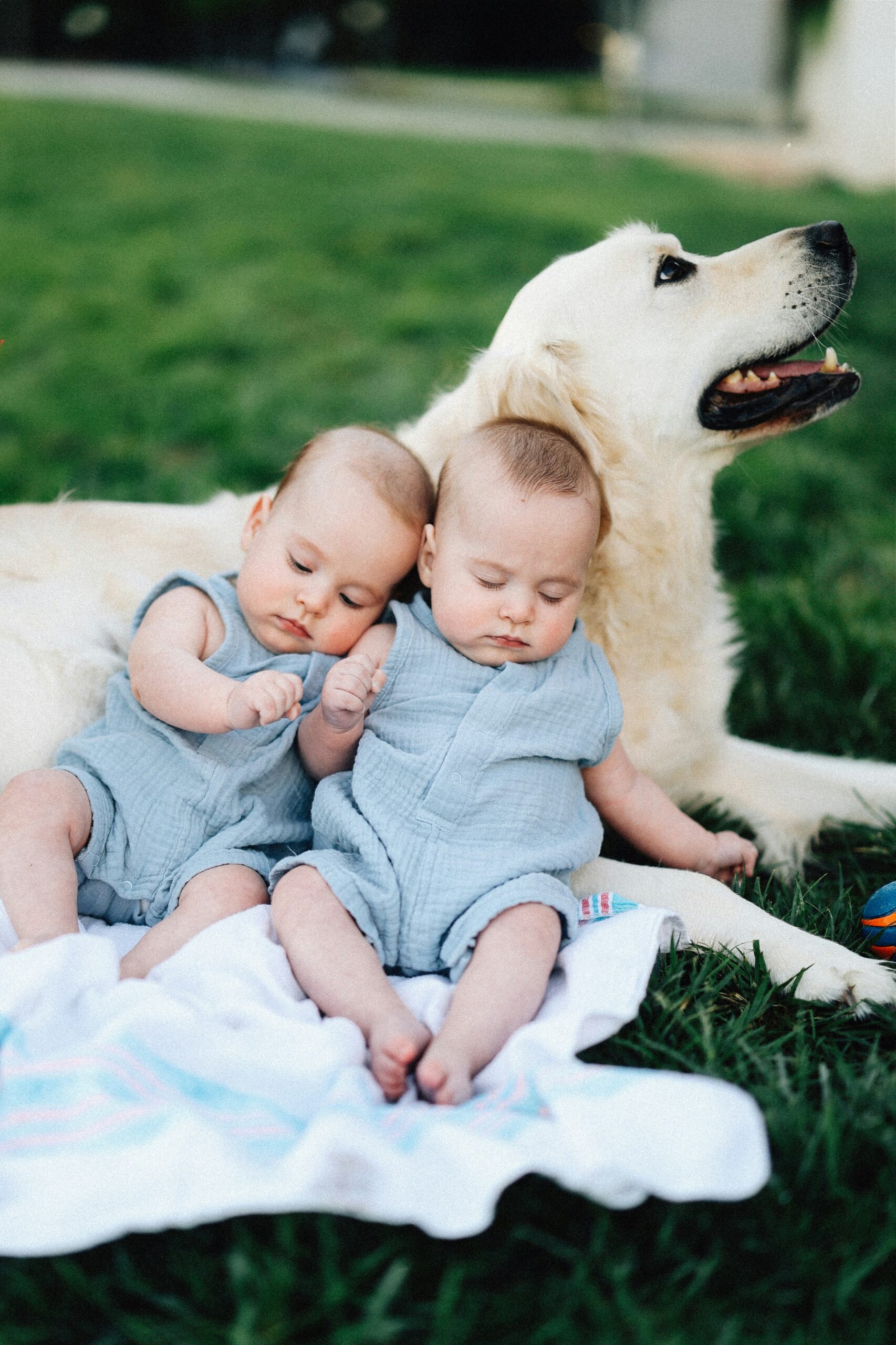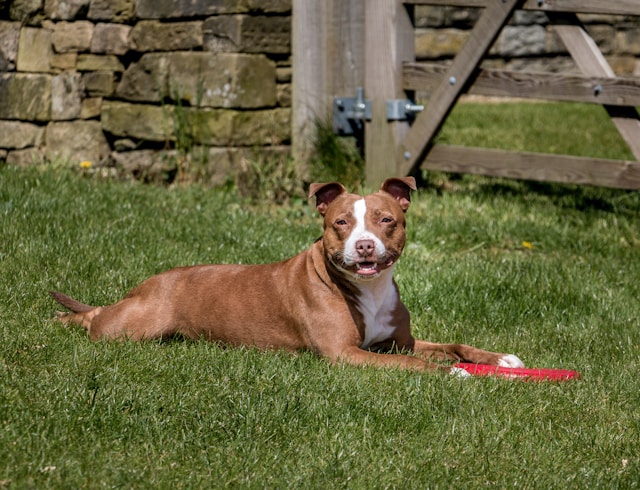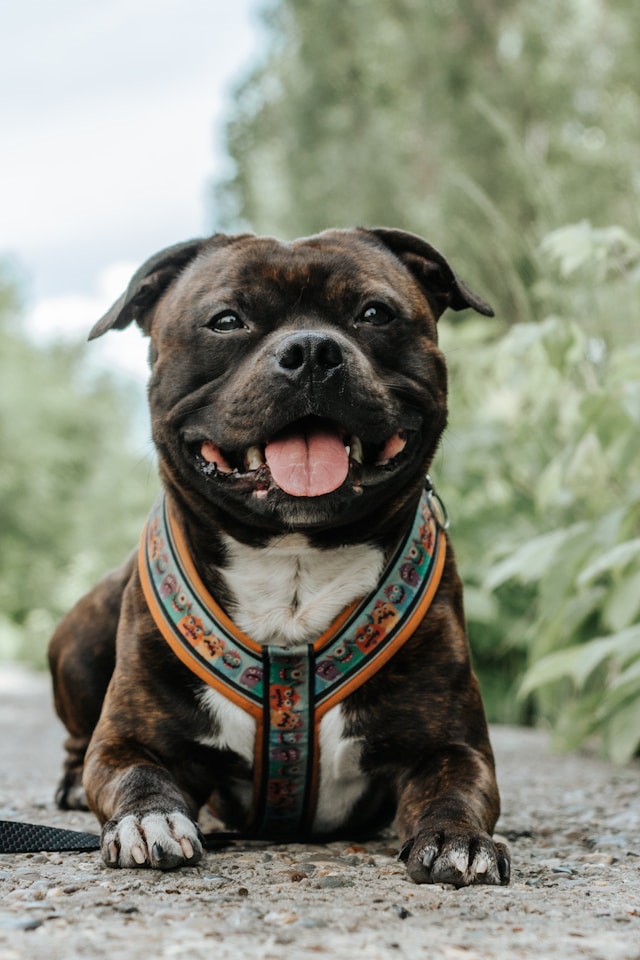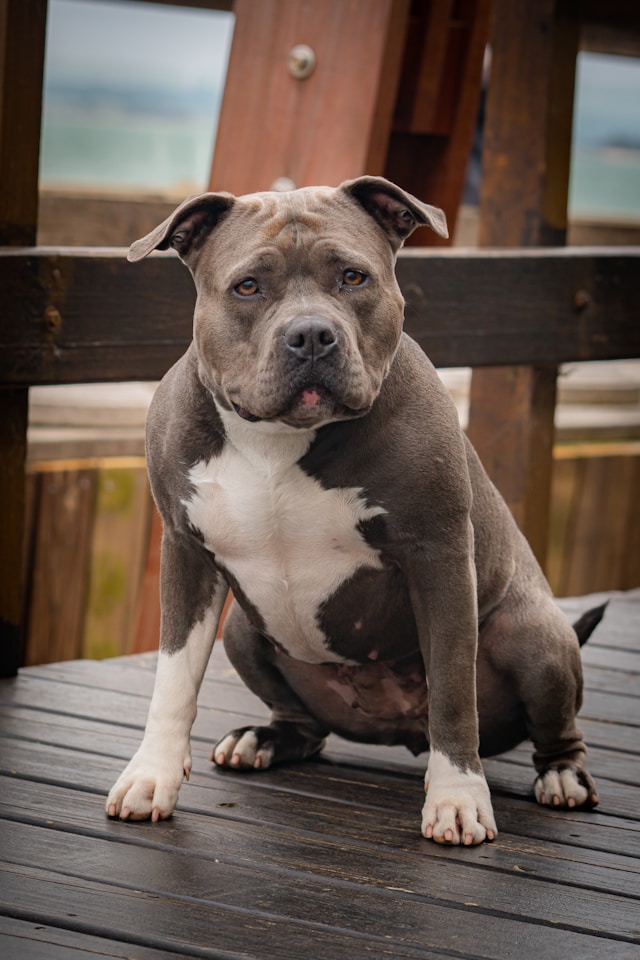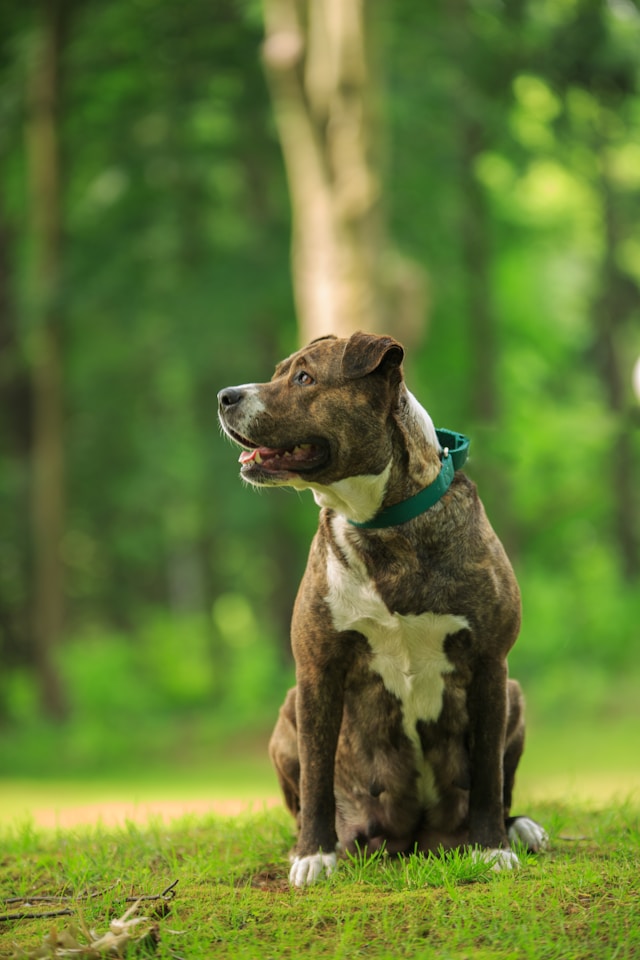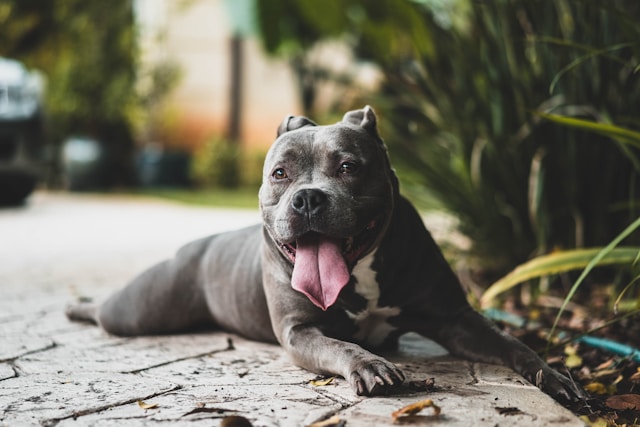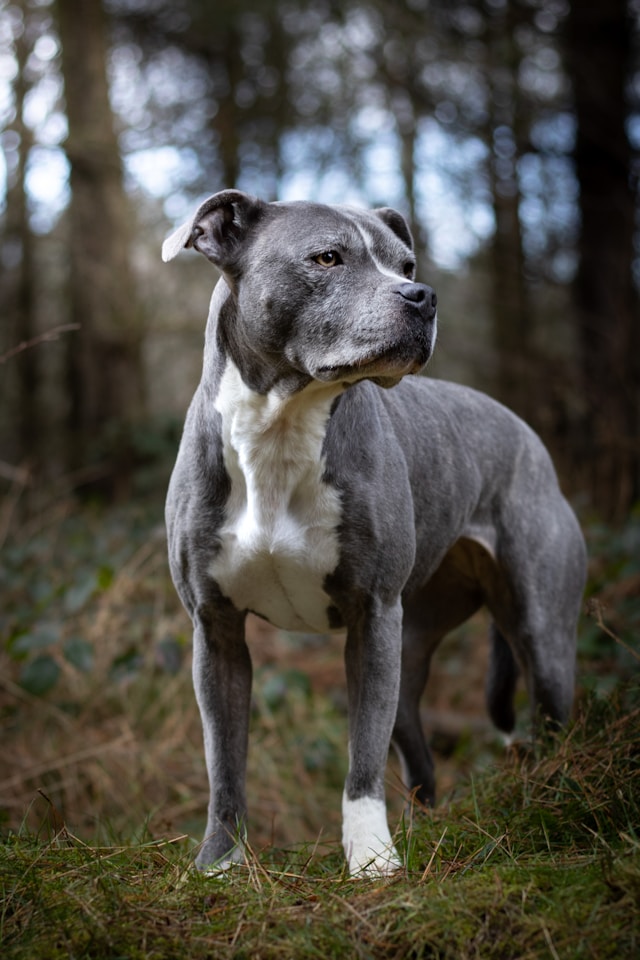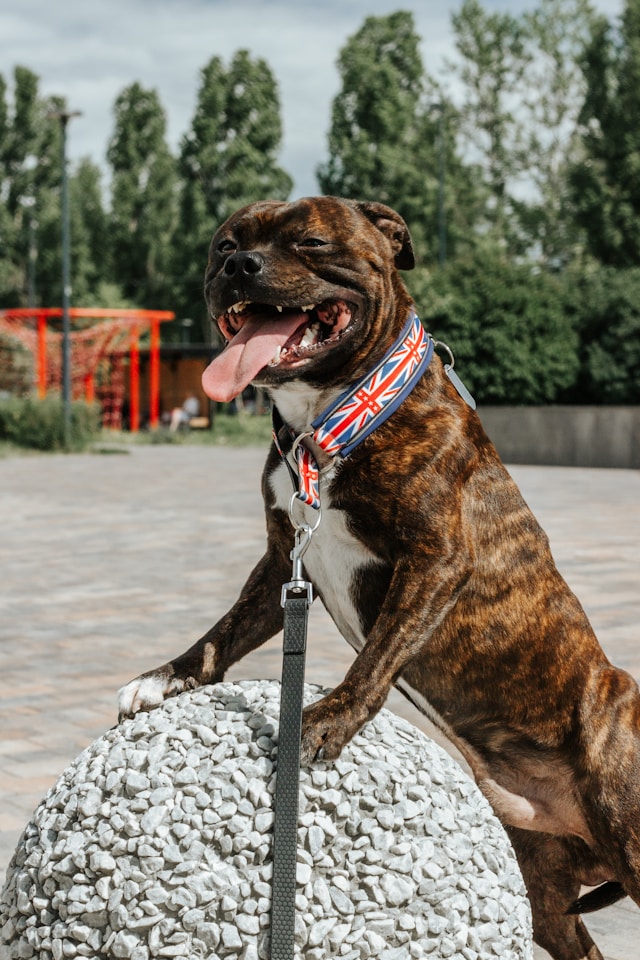If you’re thinking about adding a furry friend to your family, especially with kids in the mix, you’ve come to the right place. Choosing the right dog is a big deal—it’s not just about picking the cutest pup at the shelter (though that’s tempting!). It’s about finding a companion that’ll mesh well with your little ones and bring joy (not chaos) to your home. Today, we’re diving into the world of the best dogs for kids, exploring what makes a breed family-friendly, and spotlighting some top contenders, including the often-misunderstood Staffordshire Bull Terrier. Let’s get started with why this decision is so important and what you should keep in mind.
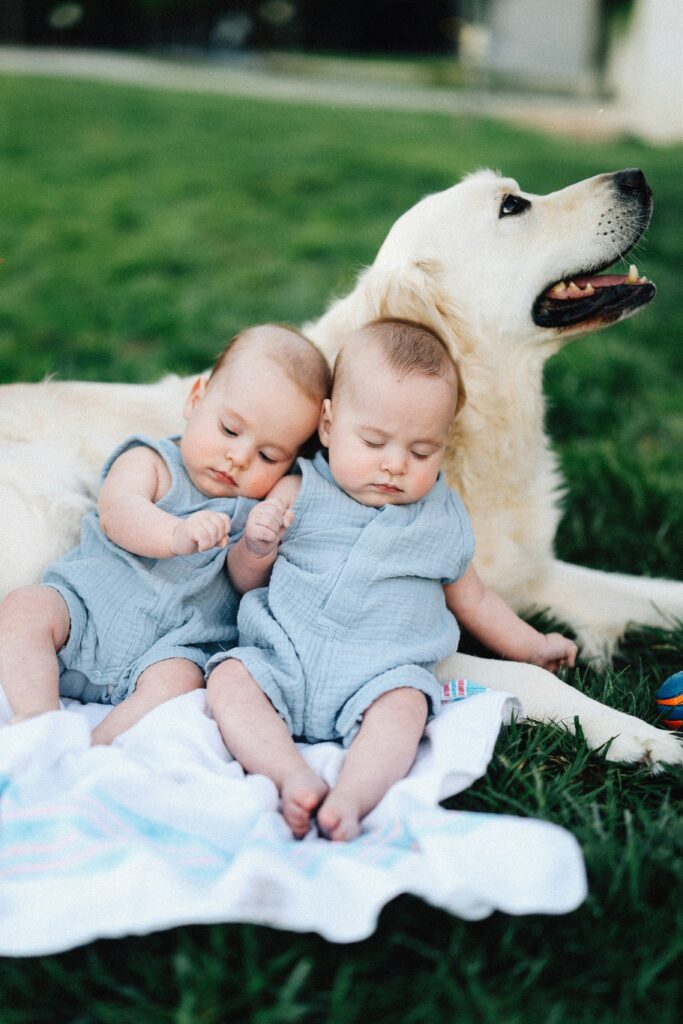
Introduction: Why Choosing the Right Dog for a Family with Children Matters
Bringing a dog into a home with kids is like adding a new sibling to the family—there’s excitement, a bit of nervousness, and a whole lot of love waiting to happen. But not every dog is cut out for the unpredictable energy of children. That’s why finding the best dog for kids is crucial. You want a pup that’s patient when your toddler tugs on their ears and gentle enough to cuddle up during storytime.
When picking a family dog, there are a few key factors to consider: temperament, size, energy levels, and how much training they’ll need. A dog that’s too high-strung might get overwhelmed by a noisy household, while one that’s too big could accidentally knock over a small child. It’s all about balance. So, let’s chat about why this choice matters so much and how to narrow down your search for the best dogs for kids.
Why Choosing the Best Dog for Kids Matters
Let’s be real—safety comes first. Kids can be unpredictable. They might hug a dog too tightly or accidentally step on a tail. That’s why temperament is everything when looking for the best dog for kids. You need a breed known for being patient and forgiving, not one that’s quick to snap under stress. A dog with a calm, friendly nature can handle the chaos of family life without getting rattled.
Beyond safety, growing up with a dog offers incredible benefits for kids. Studies show that children raised with pets often develop stronger empathy, responsibility, and even better immune systems. A dog can be a child’s first best friend, teaching them how to care for another living being. Plus, who doesn’t love coming home to a wagging tail after a tough day? Whether it’s a Labrador or a Staffordshire Bull Terrier, the right dog can create lifelong memories for your family. So, let’s talk about what qualities make a breed stand out as one of the best dogs for kids.
Top Qualities to Look for in the Best Dogs for Kids
When you’re on the hunt for the best dog for kids, friendliness is non-negotiable. You want a dog that naturally loves people—especially little humans who might not always know personal space. Patience is key, too. A good family dog won’t mind a bit of roughhousing or the occasional sticky hand in their fur. Breeds that are known for their gentle demeanor often top the list of the best dogs for kids because they can roll with the punches (or toddler tackles).
Energy levels are another biggie. Some dogs need hours of exercise daily, which might not fit into a busy family schedule. On the flip side, a dog that’s too laid-back might not keep up with active kids. Adaptability matters, too—a family dog should be able to handle everything from quiet movie nights to backyard playtime. As we dive into specific breeds, including some of the best puppies for kids, keep these traits in mind to find the perfect match for your crew.
Top Breeds: The Best Dogs for Kids
Alright, let’s get to the fun part—talking about specific breeds that are often considered the best dogs for kids. These pups have reputations for being great with children, but remember, every dog is an individual. Training and socialization play huge roles, no matter the breed.
Labrador Retriever: A Classic Family Favorite
Labs are pretty much the poster child for family dogs. They’re friendly, outgoing, and have a knack for getting along with everyone, especially kids. Their playful nature makes them awesome playmates, and they’re usually patient enough to handle a bit of roughhousing. Labs are also super trainable, which is a bonus when you’re teaching them house rules.
Golden Retriever: Gentle and Affectionate
If you’re looking for a dog that’s basically a big, fluffy teddy bear, a Golden Retriever might be your pick. Known for their sweet temperament, Goldens are among the best dogs for kids because they’re so gentle. They love to play but are also content to snuggle up for a nap. Their loyalty to the family is unmatched.
Beagle: Small, Friendly, and Playful
Beagles are a fantastic choice if you’re in a smaller space or want a dog that’s not too big for little hands to handle. These pups are curious, friendly, and full of energy—perfect for keeping up with active kids. They’re also one of the best puppies for kids since they’re usually eager to bond from a young age.
Staffordshire Bull Terrier: Loyal and Loving with Proper Training
Now, I know what you might be thinking—Staffordshire Bull Terriers have a tough-guy reputation. But hear me out! With the right training and socialization, a Staffordshire Bull Terrier can be an incredible family dog. They’re fiercely loyal, affectionate, and often great with kids when raised in a loving environment. We’ll dive deeper into this breed soon, but don’t count them out when considering the best dogs for kids.
Collie: Intelligent and Protective of Children
Collies, like the famous Lassie, are known for their smarts and protective instincts. They’re gentle with kids and often take on a “guardian” role, keeping an eye on the little ones. Their medium energy level makes them adaptable to most family lifestyles, earning them a spot among the best dogs for kids.
Why Staffordshire Bull Terriers Can Be a Great Choice for Families
Let’s zoom in on the Staffordshire Bull Terrier for a minute. I get it—this breed sometimes gets a bad rap because of stereotypes, but let me tell you, they can be absolute sweethearts and one of the best dogs for kids when given the right start. Originally bred in England for bull-baiting (a sport long since banned), Staffies were later cherished as family companions. They’re muscular, strong, and full of personality, with a deep love for their people.
The key with a Staffordshire Bull Terrier is early socialization and consistent training. They’re naturally affectionate and often called “nanny dogs” in the UK because of their historical bond with children. But they’re also strong-willed, so you’ll need to establish boundaries early on. Introduce them to kids, other pets, and new experiences as puppies to build their confidence. If you’re considering the best puppies for kids, a well-raised Staffie pup could be a loyal, loving addition to your family. Just commit to training, and you’ll see their softer side shine.

Best Puppies for Kids: Starting Young with the Right Breed
Speaking of puppies, there’s something special about bringing home a young dog to grow up alongside your kids. Puppies are like blank slates—you can shape their behavior and help them bond with your family from day one. That’s why looking for the best puppies for kids often leads to better long-term compatibility. A pup raised with children learns to adapt to their energy and quirks, creating a tighter connection.
Some of the breeds we’ve already mentioned, like Labradors, Golden Retrievers, and Beagles, are top picks for puppies in family homes. They’re eager to please and quick to learn, which makes training easier. Even a Staffordshire Bull Terrier puppy can be a fantastic choice if you’re dedicated to socialization. Starting with a puppy also lets you teach your kids responsibility early on, from feeding to walking their new best friend. So, if you’re set on finding the best dog for kids, consider starting with a pup and building that bond from scratch.
Tips for Introducing the Best Dog for Kids to Your Family
Okay, you’ve picked out one of the best dogs for kids—now what? Bringing a new dog home is exciting, but it can also be a bit overwhelming for everyone involved. First, prep your space. Set up a cozy spot for your dog with a bed, toys, and water, away from high-traffic areas where they can retreat if needed. If you’ve got young kids, make sure small toys or choking hazards are out of reach for curious pups.
Next, teach your kids how to interact with their new buddy. Show them how to pet gently, avoid pulling tails, and respect the dog’s space, especially during meals or naps. Setting boundaries early prevents misunderstandings. If you’ve chosen a breed like a Staffordshire Bull Terrier, known for strength, supervision is extra important at first. Take it slow—let the dog and kids get to know each other with short, positive interactions. Before you know it, they’ll be inseparable, proving you’ve found the best dog for kids in your home.
Common Mistakes to Avoid When Choosing the Best Dogs for Kids
I’ve seen plenty of families jump into dog ownership with the best intentions, only to hit a few bumps because they overlooked some key stuff. One big mistake is ignoring a breed’s specific needs. For example, a high-energy dog like a Border Collie might seem like one of the best dogs for kids because they’re playful, but if you can’t provide enough exercise, they’ll get frustrated and act out. Match the dog’s energy to your lifestyle.
Another slip-up is underestimating training and socialization. Even the best puppies for kids need guidance to become well-mannered adults. Skipping this step can lead to behavior issues, no matter how “kid-friendly” the breed is supposed to be. Take a breed like the Staffordshire Bull Terrier—without proper training, their strength and stubbornness can be challenging. Invest time in teaching your dog (and your kids) how to coexist, and you’ll avoid headaches down the road. Remember, finding the best dog for kids isn’t just about the breed—it’s about the effort you put in.
Conclusion: Bringing Home the Best Dog for Kids
So, there you have it—everything you need to know about finding the best dogs for kids. Choosing the right pup for your family isn’t just about picking a cute face; it’s about safety, compatibility, and creating a lifelong bond. Whether you’re drawn to the classic charm of a Labrador, the gentle nature of a Golden Retriever, or the loyal heart of a Staffordshire Bull Terrier, there’s a perfect match out there for your crew. Take your time, do your research, and prepare your home for the adventure ahead. Trust me, the right dog will bring endless love and laughter to your family, becoming a true companion for your kids. So, go on—start your search for the best dog for kids, and get ready for some unforgettable memories!
